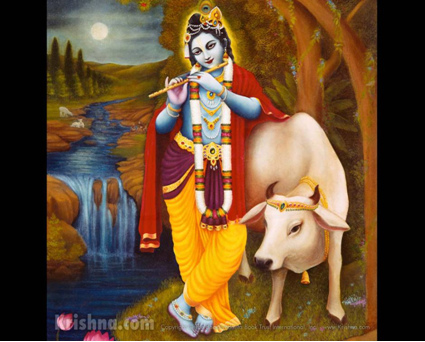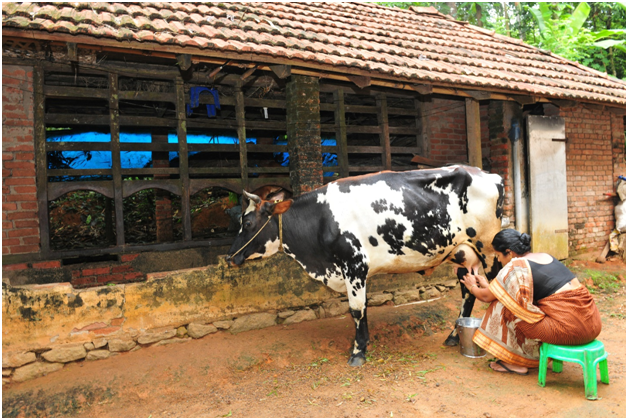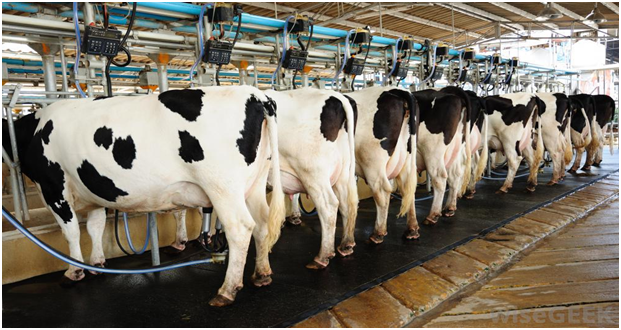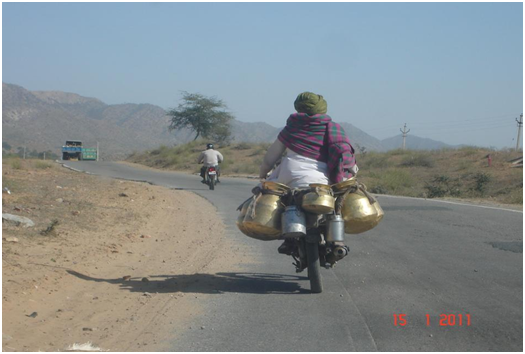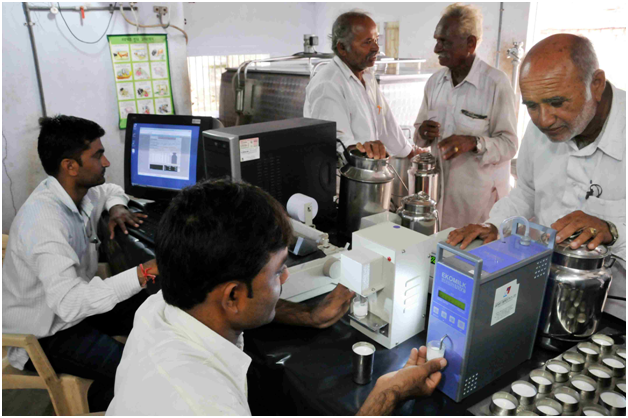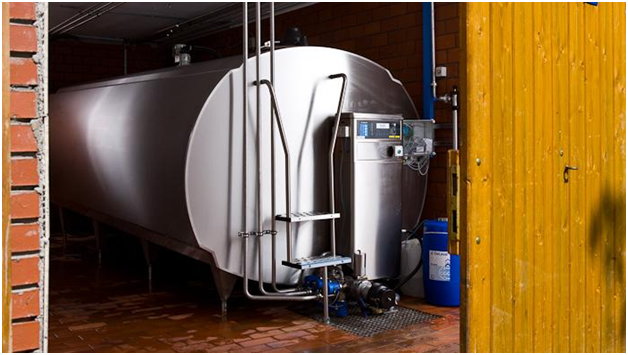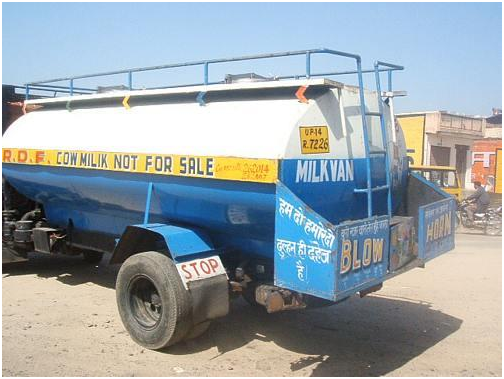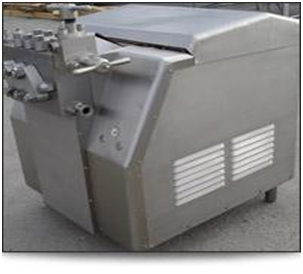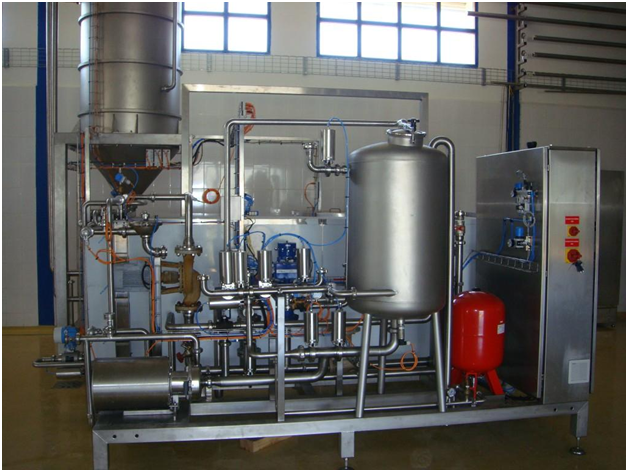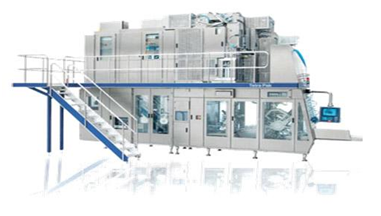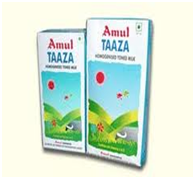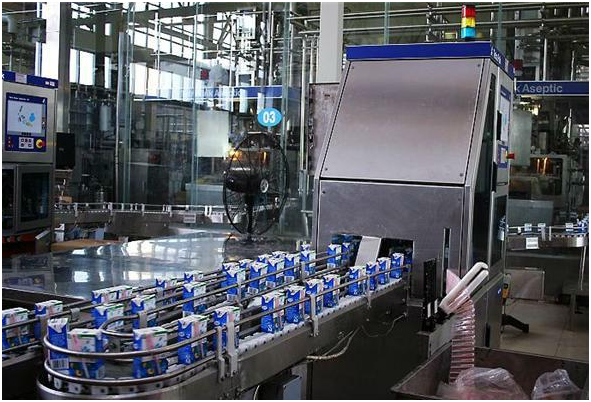STEP 1 : REARING
Dairy cows typically spend their days eating, sleeping, and ruminating or chewing their cud.

Cows wander around and eat fresh grass (i.e. grazing). A dairy cow doesn’t produce milk until she has a calf, typically at the age of two years. On an average, dairy cows can have a calf every 12-14 months.
STEP 2 : REARING
Dairy cows typically spend their days eating, sleeping, and ruminating or chewing their cud.

Cows wander around and eat fresh grass (i.e. grazing). A dairy cow doesn’t produce milk until she has a calf, typically at the age of two years. On an average, dairy cows can have a calf every 12-14 months.
STEP 3 : REARING
Dairy cows typically spend their days eating, sleeping, and ruminating or chewing their cud.

Cows wander around and eat fresh grass (i.e. grazing). A dairy cow doesn’t produce milk until she has a calf, typically at the age of two years. On an average, dairy cows can have a calf every 12-14 months.
STEP 4 : REARING
Dairy cows typically spend their days eating, sleeping, and ruminating or chewing their cud.

Cows wander around and eat fresh grass (i.e. grazing). A dairy cow doesn’t produce milk until she has a calf, typically at the age of two years. On an average, dairy cows can have a calf every 12-14 months.
STEP 5 : REARING
Dairy cows typically spend their days eating, sleeping, and ruminating or chewing their cud.

Cows wander around and eat fresh grass (i.e. grazing). A dairy cow doesn’t produce milk until she has a calf, typically at the age of two years. On an average, dairy cows can have a calf every 12-14 months.

